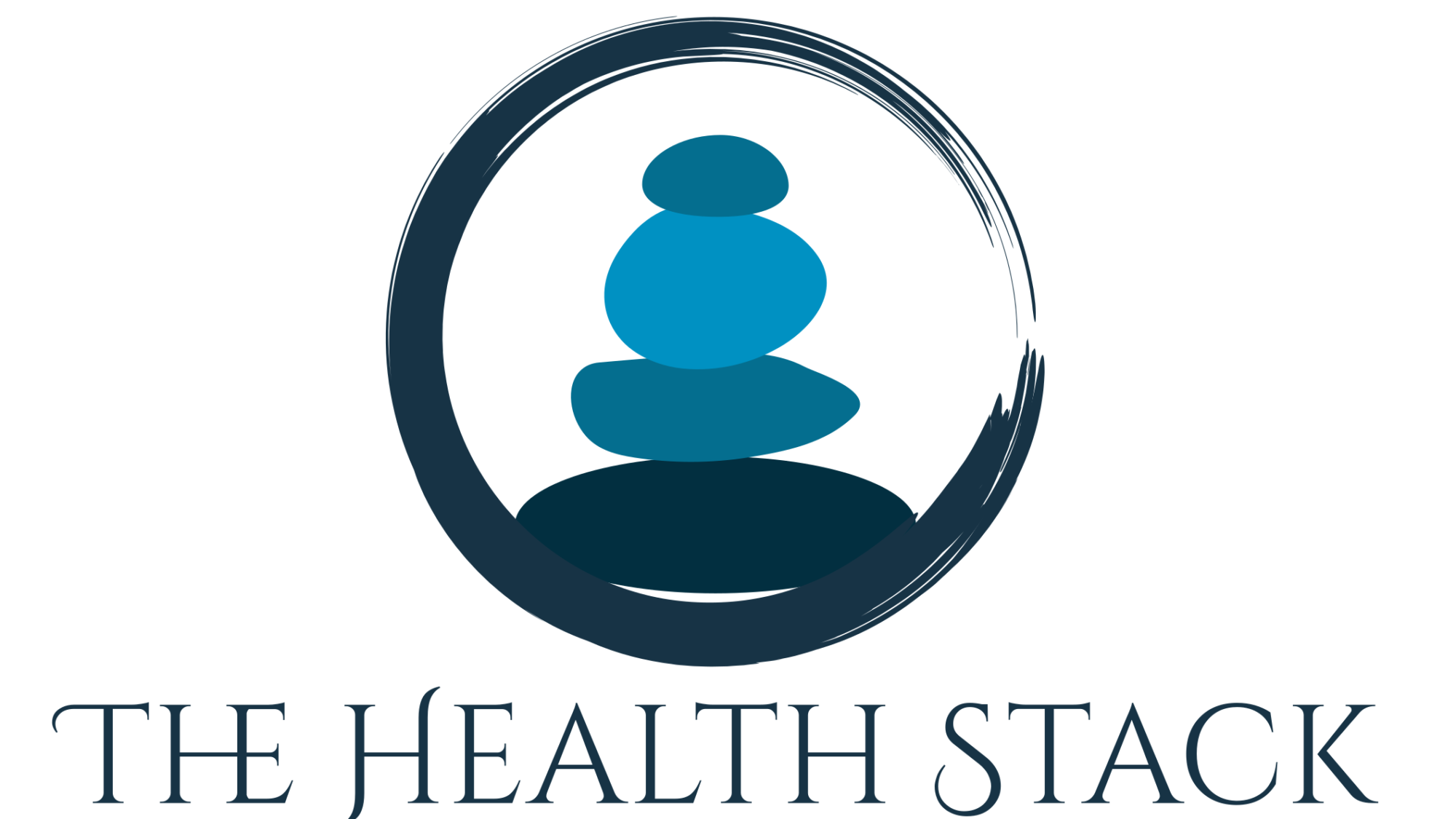We have all heard we should be eating more fiber… But what does Fiber really have to do with the menopause transition?
This Post will discuss:
- What is fiber?
- Types and sources of fiber
- How much fiber do I need?
- Why is it so beneficial, especially for peri/menopausal women?

What is Fiber?
Dietary fiber is the part of plant that is undigestable by humans.
Whereas some parts of the plant are formed by chains of glucose molecules (known as carbohydrates) and can be broken down into glucose and absorbed by the body for energy, fiber remains intact through the digestive system and passes out of the body without being broken down or absorbed.

Types and Sources of Fiber:
There are broadly two types of fiber, soluble and insoluble, which are categorised based on their ability to dissolve in water, and by the ‘job’ they do in the body – all fiber is composed of both types in some combination however.
Soluble Fiber:
- Dissolves in water to form a gel-like material.
- Soluble fiber is known to help decrease blood glucose (blood sugar) levels because it mixes with digested food, thereby slowing down the absorption of sugar into the blood.
- It also helps to remove cholesterol in the stool.
Insoluble fiber:
- mostly retains its shape while in the body.
- This type of fiber encourages the movement of material through your digestive system and can benefit women who struggle with constipation or irregular stools. It does this by attracting water into your stools, making them easier to pass, speeds up the passage of food through the digestive system, and increasing stool bulk.

Sources of Fiber:
Because the amount of soluble and insoluble fiber varies in different plant foods, to receive the greatest health benefit, eat a wide variety of high-fiber foods from both lists.
Soluble:
- Beans
- Lentils
- Oatmeal
- Peas
- Citrus fruits
- Blueberries
- Apples
- Barley
- Psyllium
- Chia seed
Insoluble:
- Foods with whole-wheat flour
- Wheat bran
- Brown rice
- Cauliflower
- Potatoes
- Tomatoes
- Cucumbers
- Nuts
- Green beans

How much fiber do women need?
Women benefit from eating 20-35 g of fiber each day. Most of us woefully underconsume fiber, eating only on average about 15 g per day.
If you currently are not hitting your fiber goal, it is VERY important that you gradually increase your intake each week over several weeks so that you do not experience GI distress.

Benefits of consuming adequate fiber
Bowel regularity:
As discussed, eating enough fiber helps to keep your bowel movements regular.
This is not only a comfort and an aesthetic effect ( I mean who likes feeling constipated or looking bloated?) but one intricately linked to our peri/menopausal health.
If you’re not consuming enough fiber to aid your body to have regular bowel movements, then instead of being eliminated as waste, excess hormones, particularly estrogen, can be reabsorbed back into your body leading to imbalanced levels.
In our “pre-menopausal” bodies, there is a delicate balance or ratio between estrogen and progesterone.
When we enter perimenopause, the balance between our estrogen and progesterone becomes influx- our progesterone drops earlier and more consistently than our estrogen which fluctuates wildly.
This ratio between progesterone and estrogen tends to become disproportionately estrogen dominant. Add to that equation estrogen not being eliminated as it should be and this ratio becomes even more estrogen dominant leading to a host of symptoms.

2. Blood Sugar Regulation:
Fiber also helps to stabilize blood sugar and insulin levels, both of which are important for overall hormone health. It does this in several ways.
First the body is unable to absorb and break down fiber, therefore it doesn’t cause a spike in blood sugar the way other carbohydrates can. This can help keep your blood sugar in your target range and helps to keep you feeling full.
Secondly, fiber slows gastric emptying, which decreases sugar spikes, therefore requiring less insulin and resulting in fewer sugar ‘crashes’. When blood glucose rises quickly, the body releases insulin to remove it, and stores the excess as glycogen or fat.
Estrogen helps optimize the action of insulin, the hormone that prevents high blood sugar levels. During peri/menopause, lowering estrogen levels may lead to insulin resistance, or impaired insulin action, which in turn increases the risk of serious health problems and unwanted weight gain. When insulin is not working as it should or it becomes dysregulated, women are at increased risk of developing Type 2 diabetes and increased risk for cardiovascular disease.

3.Heart health:
Soluble fiber lowers cholesterol by binding to it in the small intestine. Once inside the small intestine, the fiber attaches to the cholesterol particles, preventing them from entering your bloodstream and traveling to other parts of the body. Instead, excess cholesterol will exit the body through the feces.
Additionally, the digestive process requires bile acids, which are made partly with cholesterol. As your digestion improves, the liver pulls cholesterol from the blood to create more bile acid, thereby reducing the amount of LDL (bad) cholesterol. A review published in the Journal of Chiropractic Medicine also found that people who consume higher amounts of dietary fiber significantly reduce their risk of having cardiovascular disease.
This is of particular importance to women during peri/menopause. A 2020 study found that levels of total cholesterol, LDL cholesterol, and triglycerides were much higher in people after menopause. This is because estrogen helps regulate the metabolism of lipids in the liver. As a result, the drop in estrogen levels during menopause leads to higher LDL cholesterol and triglyceride levels. It is critically important therefore to aid the body to offset the impact of decreasing estrogen.

4.Gut / Microbiome Health
There are trillions of microorganisms that live in your gut – some good and some bad. Our goal is to feed the good ones so they flourish, and starve or prevent the bad ones from overgrowing. Dietary fiber is the main energy source for gut bacteria, particularly the good strains. (The bad ones like refined sugars!)
As your gut bacteria feeds on fiber (this is known as a prebiotic fiber), it creates byproducts like short-chain fatty acids, the most well known of which is called butyrate. Butyrate has been shown to improve immunity to pathogens, decrease inflammation, and increase the health of the cells lining the intestines, protecting you from food and bad bacteria “leaking” out into your blood stream.
There is a body of evidence indicating that estrogen decline during the menopausal transition drives a systemic inflammatory state. This is because estrogen is a master regulator that functions through a network of estrogen receptors – one of which has been shown to regulate the innate immune response and inflammation. Therefore, once again, we can attempt to offset further inflammation via high fiber intake.
Sources:
https://www.benefiber.com/amp/how-fiber-improves-gut-health.html
https://www.medicalnewstoday.com/articles/menopause-and-cholesterol#link
https://www.ncbi.nlm.nih.gov/pmc/articles/PMC4391691/ (Estrogen: An Emerging Regulator of Insulin Action and Mitochondrial Function)
https://jneuroinflammation.biomedcentral.com/articles/10.1186/s12974-020-01998-9 ((The peri-menopause in a woman’s life: a systemic inflammatory phase that enables later neurodegenerative disease)

